‘It was a gray mass of people in rags, lying motionless with bloodless, pale faces, cropped hair, with a shifty, gloomy look.’ Julius Margolin’s first encounter with Soviet prisoners takes place in August 1940 on the way to a labour camp in the north of Russia. Four years later, waiting at another transit point, he sees ‘semi-cripples, former, present and future invalids’, ‘bony shadows with hands and feet like sticks, in smelly tatters and dirty rags’. He has another year of horror ahead.
A Polish Jew stranded in the USSR at the beginning of the second world war, Margolin refused to take Soviet citizenship and as a result was sentenced to five years of forced labour. There followed a succession of prison camps with their inhumane conditions, everyday brutality, hunger and diseases. Margolin’s account of those years, first published in 1947, is as clear and detailed as it is chilling, his analysis of human behaviour under terror not blurred by what he had to live through.
‘I immediately ceased to be a human being,’ he says of his arrest. His abiding memory is of man being reduced ‘to a bestial condition, where the moment of satiety becomes the culminating point of every day, the sole stimulus of his actions’. That Margolin managed to survive, both physically and mentally, was partly down to luck — at one point a doctor gave him three months to live — and partly to his ability to adapt. For many inmates, however, hardship was but the first step to total dehumanisation, a loss of dignity more irreversible than physical demise. Deprivation paralysed their spirit, making them want ‘to fade into the common mass, to be as obedient as possible, an industrious instrument of another’s will’.
‘Every day the food ration is ready,’ former peasants say of their life in the camp. ‘At liberty I did not live better.’ Such testimonies demonstrate how far from reality the radiant future promised by the Soviets is for the majority of the population; but also, even more importantly, how little it takes for human beings to forget what makes them human, to stop noticing ‘the abnormality of the abnormal’. This motif runs through the book: ‘In camp, they say the words: man, culture, home, work, radio, dinner, cutlet, but not one of these words means what it normally signifies in freedom.’ In that, the camp is a replica of totalitarian society as a whole, one in which language has degenerated into empty propaganda.
When the war broke out, the choice for many of the Jews trapped in occupied territories was between a Nazi ghetto and a Soviet camp. Inevitable comparisons between the two lead Margolin to conclude that it is wrong to defend the Gulag as an antidote to Auschwitz. ‘The people who justify Soviet camps,’ he writes, ‘are preparing a second edition of Hitler in the world.’ The historian Timothy Snyder reiterates this view in his foreword, quoting the Polish philosopher Leszek Kołakowski, who said that ‘when we choose the lesser evil we must remember that it is evil’.
Margolin repeatedly turns to the West’s perception of the Soviet system, talking of ‘imagined communism’ and other illusions entertained by sympathisers of the USSR, labelling reports from enthusiastic visitors to the country as ‘childish prattle’. When Journey first appeared, the crimes of the Stalinist regime were relatively little known in the wider world; by now they have receded far enough into the past to be seen by some as a historical aberration. And yet totalitarianism remains a threat to this day. That is why documents like this book must be read and remembered.
Got something to add? Join the discussion and comment below.
Get 10 issues for just $10
Subscribe to The Spectator Australia today for the next 10 magazine issues, plus full online access, for just $10.
You might disagree with half of it, but you’ll enjoy reading all of it. Try your first month for free, then just $2 a week for the remainder of your first year.

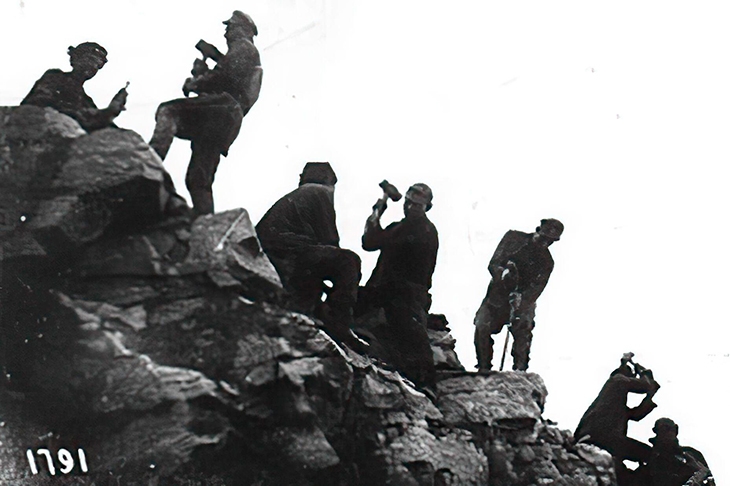
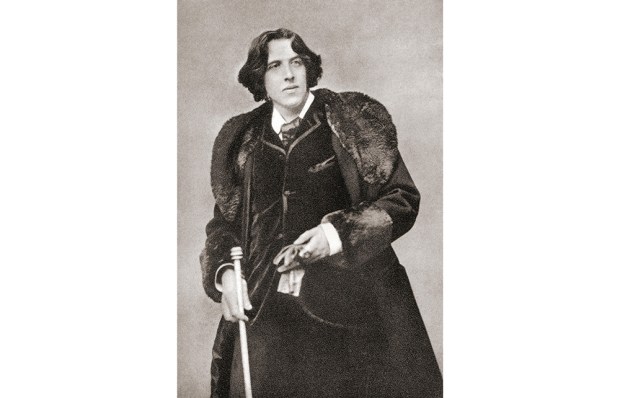
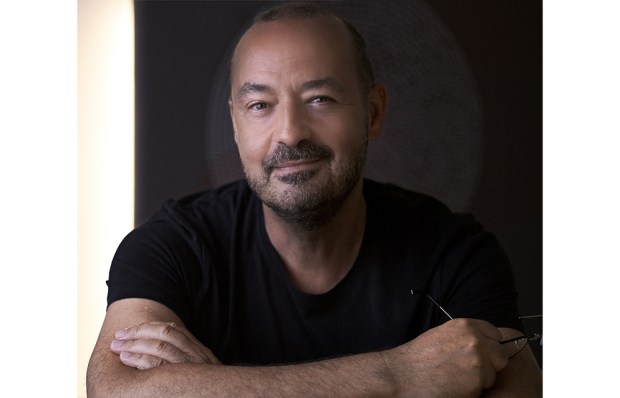
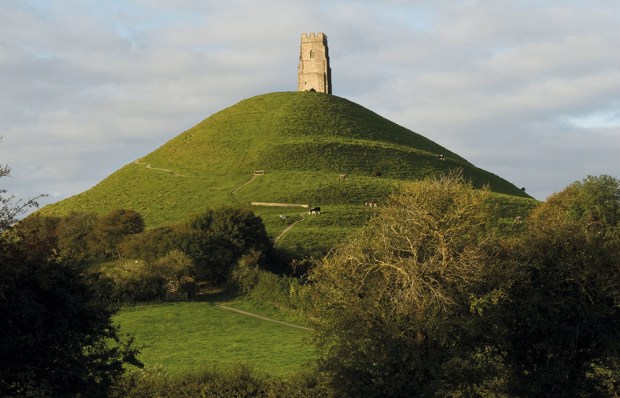
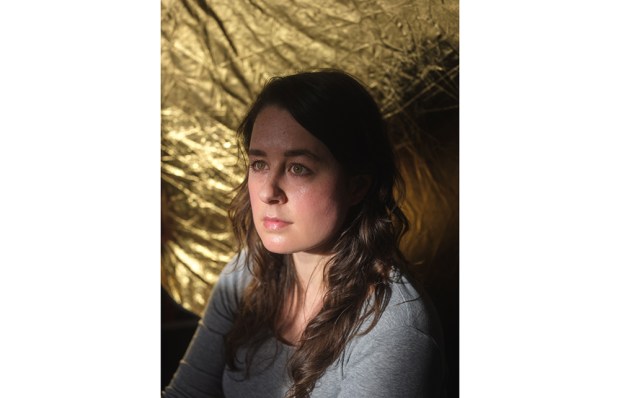
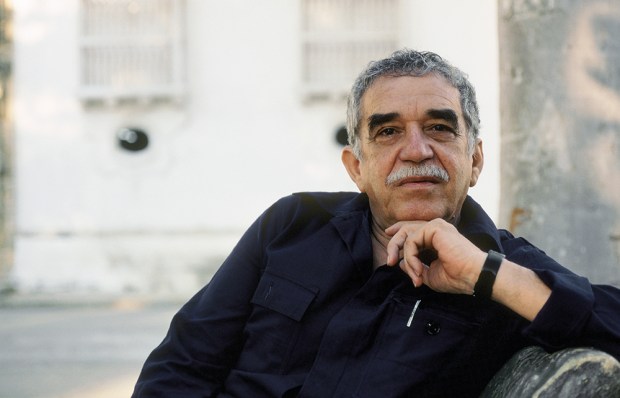
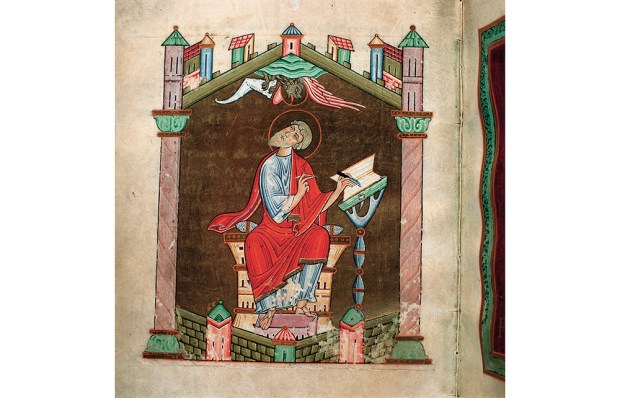






Comments
Don't miss out
Join the conversation with other Spectator Australia readers. Subscribe to leave a comment.
SUBSCRIBEAlready a subscriber? Log in